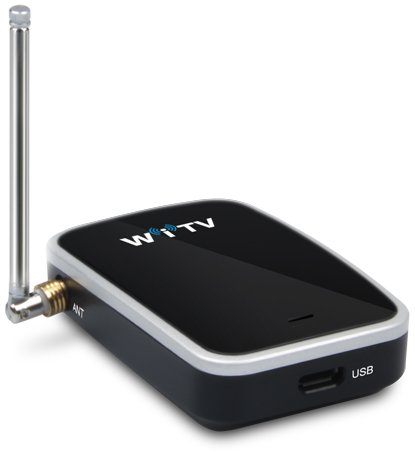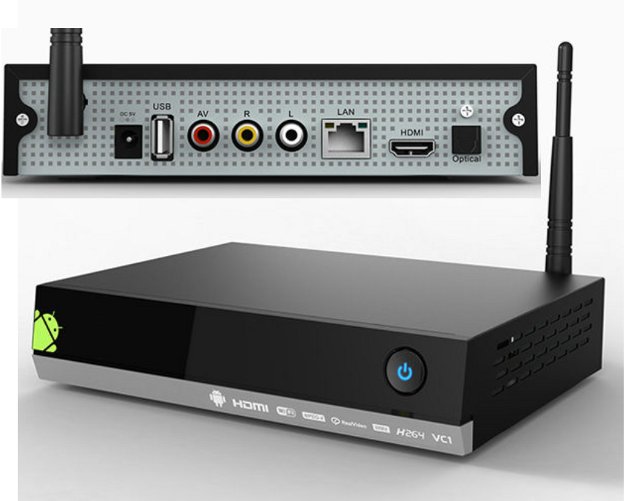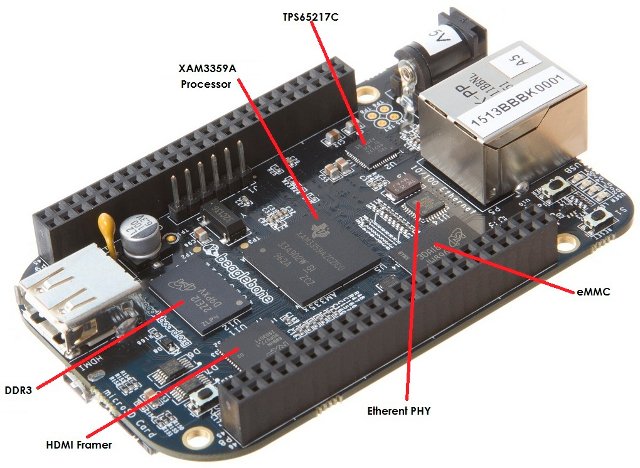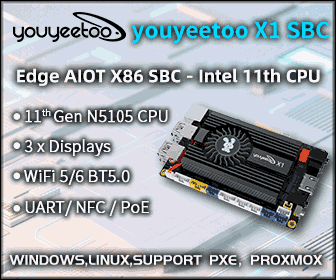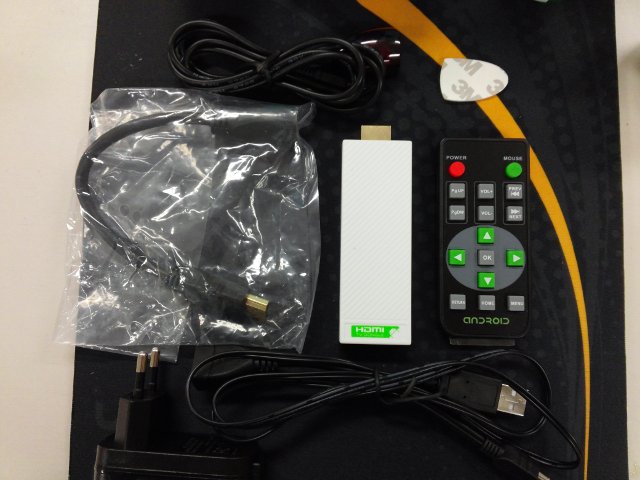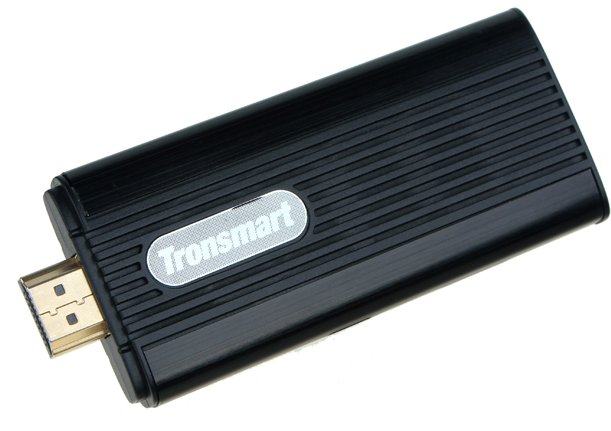You may have heard about libhybris, a library that cleverly loads Android HW adaptations and convert calls from bionic to glibc. One of the greatest achievement of this library is to allow Android GPU drivers to be used with Linux, and is notably used by Canonical, although they did not write it, for Ubuntu 14.04 which will be compatible with any recent Android smartphones or tablets. One way to get started with libhybris is to port a device to Ubuntu Touch, but this may take a while. However, I’ve found a faster and easier way to play with libhybris thanks to Martin Brook (vgrade) who wrote a tutorial on how to use libhybris with Mer on the Cubieboard. Mer is an open source mobile Linux distribution powered by Qt/QML and HTML5, that’s born from the ashes of Meego, and is now used in the upcoming Sailfish OS. You’ll need to […]
Payter NFC Watch Can Be Used to Make Payments, for Identification, and More
The first time I heard about NFC was when it was implemented in Android 2.3, and the Google Nexus S featured it, but it’s quite older than that, as the initial specifications were published in 2006, and the very first phone to feature the technology was Nokia 6131. If you’ve ever been to Hong Kong, you may have used Octopus cards which are used for contactless payments for public transport and shopping. Those cards use Felica RFID technology which is part of NFC, and has also been included in some watches (since 2010), so you can easily pay for subway or bus by hovering your watch on the card reader. I’ve been wondering why I could not see more of those, and I think NFC may be a feature of upcoming smart watches, so I started to look for existing solutions this morning, and found Payper NFC Watch designed by […]
Watch and Record Live TV on Android or iOS Mobile Devices with Geniatech WiTV
If you’ve ever wanted to watch live digital TV on your tablet or smartphone, there’s now a solution. Geniatech WiTV is a tiny battery powered DVB receiver also acting as Wi-Fi access point in order to stream live TV to your mobile devices. You can use this device within your house or on the go, but it has to be within 5 to 7 meters from your tablet or smartphone to work properly. The specifications released are limited, but we still know the following: Frequency range – 177.5 – 226.5MHz (VHF); 474 – 858MHz (UHF) Digital TV standards – DVB-T Mpeg 2, Mpeg 4 and H.264; ISDBT oneseg 802.11 b/g/n WiFi Standard Support Micro USB for recharging Up to 3 hours of TV viewing (TBC) iOS devices must run IOS 5.0 or IOS5.1, and Android 3.0 or greater is supported. You’ll need to install SianoTV for Android or iOS, scan […]
Mele Android Set-Top Boxes At China Sourcing Fair 2013
The Mele A1000 and A2000 based on AllWinner A10 have been relatively popular last year, and recently Mele A1000G Quad has been unveiled with AllWinner A31 quad core Cortex A7 processor, and there was talk about a Dual core version as well. Charbax has shot 3 videos at Mele stand at China Sourcing Fair in Hong Kong earlier this month, so I’ve got a bit more news to share. The first video shows the Mele A1000G Quad with a 2.4Ghz remote (which must be Mele F10 Fly Mouse). We don’t really learn much more than we already know, but we can see the device is action with a 3D game controlled with the “Fly Mouse”, and the new “Metro” style user interface. This STB is currently running Android 4.1, but an upgrade to Android 4.2 is expected in June. The device will be available in May for about $110 retail, […]
Sub $70 Bluetimes MX5 and C150 Android Media Player Powered by AMLogic AML8726-MX
There are many Android set-top box based on single core AML8726 processor, but not so many featuring the dual core AML8726-MX (aka AML8726-M6) processor. Tronsmart Prometheus is one of them, it costs just under $100, has the shape of a spaceship, and the recent Android 4.2 firmware supports XBMC pretty well. But if you don’t like boxes with fancy shape, or/and are looking for a cheaper options, Bluetimes now manufactures two Android set-top box based on AML8726-MX that sells for less than $70 including shipping: Bluetimes MX5 for $69.99 Bluetimes C150 for $66.99 Bluetimes MX5 Specifications: SoC – AMLogic 8726 M6 dual Cortex A9 CPU + Mali-400 GPU System Memory – 1G DDR3 RAM Storage – 4 GB NAND Flash + SD card slot Video Output – HDMI + Composite Audio Output – Optical Audio Output (S/PDIF) + HDMI + Stereo RCA Video Codecs – M-JPEG, MPEG-1, MPEG-2, MPEG-4, H.263, […]
BeagleBone Black Features 1GHz Texas Instruments Sitara SoC, HDMI, and More Memory
We’ve already known that a new, faster and cheaper BeagleBone is on the way for a little while, but very few details were provided at the time. There are now better pictures, the specifications are available, and it looks like the new BeagleBone will be called BeagleBone Black. BeagleBone Black Specifications: SoC – Texas Instruments Sitara AM3359AZCZ100 Cortex A8 @ 1 GHz + PowerVR SGX530 GPU System Memory – 512 MB DDR3L @ 400 MHz Storage – 2GB eMMC + micro SD slot USB – USB0 (client mode) via mini USB, USB1 (host) type A socket Serial Port – UART0 via 3.3V TTL header Ethernet – 10/100, RJ45 Video Output – micro HDMI with EDID support, up to 1280×1024 resolution. Audio Output – Via HDMI Expansion Connectors – Power, McASP0, SPI1, I2C, 65x GPIOs, LCD, GPMC, MMC1/2, 7x AIN (1.8V MAX), 4x timers, 3x serial ports, CAN0, EHRPWM0/2, XDMA interrupt, […]
Cloudsto A20 Media Stick Pictures, Screenshots And Antutu Benchmark
Cloudsto A20 Media Stick, a mini PC based on AllWinner A20, was discovered in March, with shipping expected in early April. One person in Korea (“Eddy Lab”) got hold of the device and took some pictures of this mini PC, as well as screenshots. But before going through this, let’s have a look at the specifications: SoC – Allwinner A20 dual core Cortex A7 + Mali-400MP2 GPU System Memory – 1GB DDR3 Storage – 4GB Flash + micro SD slot (Up to 32 GB) Video Output – HDMI (1080p) Video Containers – RM, RMVB, MPEG1/2/4, MPEG2 Transport Stream, VOB, AVI, ASF, WMV, MKV, MOV, MP4, RMP4, IFO, ISO Audio Codecs – AAC, MP3, OGG, WMA, WAV, M4A Connectivity – Built-in Wifi 802.11 b/g/n USB – 2x USB host (1x full USB, 1x mini USB) IR Receiver The package contains the A20 Media Stick, a remote control, a power adapter and […]
Tronsmart T428 Android 4.2.2 mini PC Powered by Rockchip RK3188
There have been many new HDMI TV dongle based on the latest Rockchip RK3188 lately, and I listed some of them in comments in CloudnetGo CR9’s post. The only issue is that you can’t buy most of them, just pre-order. Now it seems at least one of them, Tronsmart T428 is available now, and costs $99 on Geekbuying. This mini PC comes with 2GB RAM, 8 GB Flash, Wi-Fi and Bluetooth, and for the first time, AFAIK, a mini PC can be used as Miracast display. Here are Tronsmart T428 specifications: SoC – Rockchip RK3188 quad core Cortex-A9 up to 1.8GHz + quad core Mali-400 MP4 @ 533MHz System Memory – 2GB DDR3 @ 1333MHz (Hynix) Storage – 8GB NAND Flash + micro SD slot (Up to32GB) Connectivity: Wi-Fi – 802.11 b/g/n/ac (via Broadcom AP6330) Bluetooth – BT4.0 (via Broadcom AP6330) USB – 1x USB 2.0 host + 1x micro […]





